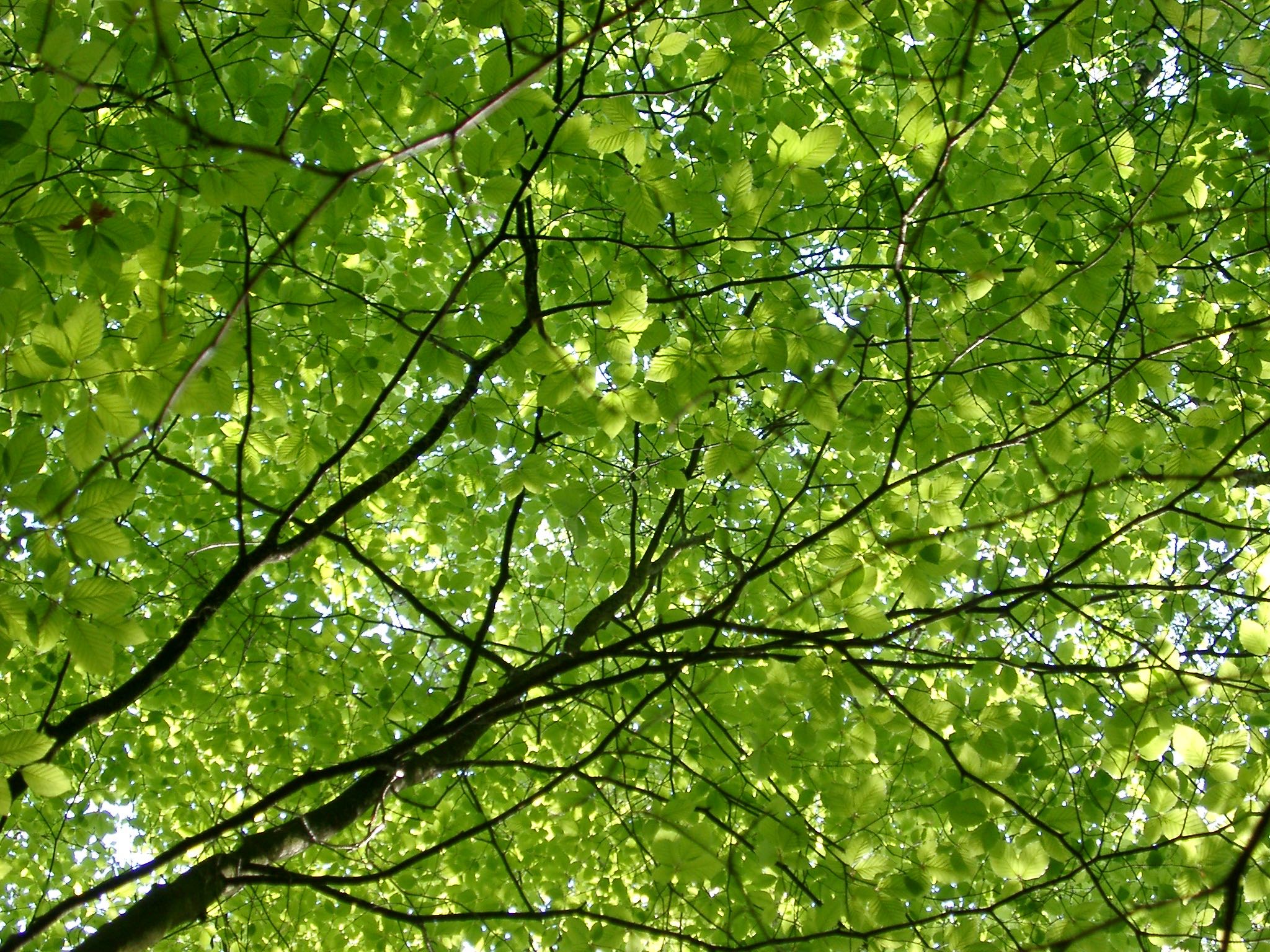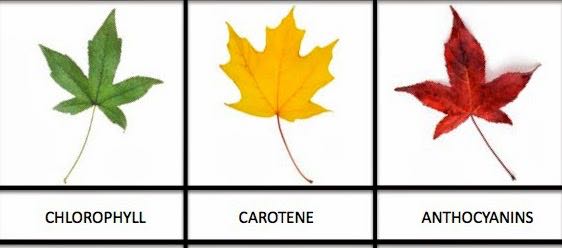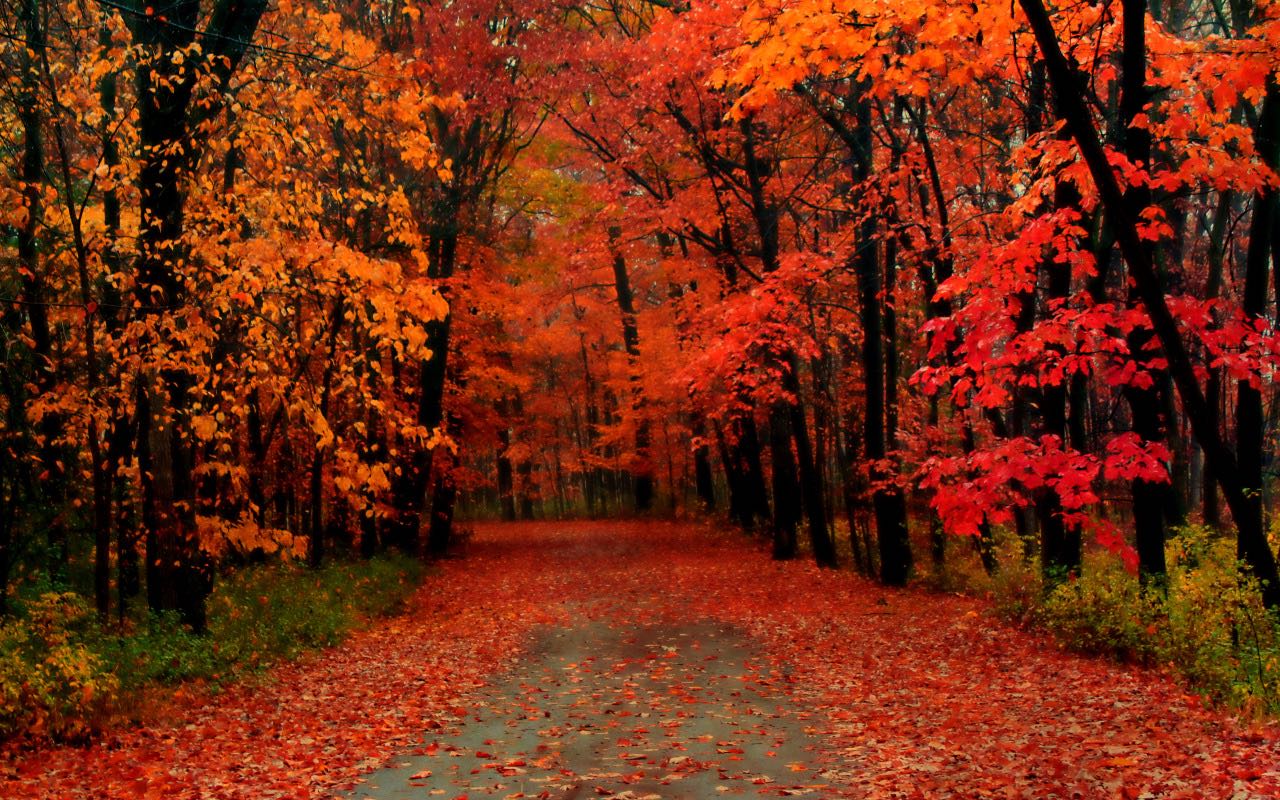The Science Behind Fall Color
As the seasons change and we phase out of the hot weather and days spent poolside, one thing we all look forward to is the show our trees give us with their vibrant colors. This month, we want to take you into the biology classroom for a lesson on what causes leaves to change color in the fall and the science behind this change.
First, let’s look at why trees even have leaves. It’s no question that leaves are something pleasing to look at, but do they serve a greater purpose? Leaves are actually crucial in the survival of our trees, and have two main functions:

1. Leaves are the food factories of the tree. They create food through photosynthesis for the tree to grow, survive, reproduce, and defend itself.
2. Leaves cause a process called transpiration, which pulls water up from the roots and exits as vapor through tiny openings in the leaf. This process not only cools the plant but is also essential in allowing photosynthesis to take place.
Leaves contain three main pigments in them. Chlorophyll is the green color that shows during the growing season. Chlorophyll is required for photosynthesis to take place. The yellow and orange pigments in leaves are called Carotenoids. As the name suggests, carotenoids are also found in many fruits and vegetables, such as carrots. Anthocyanins are pigments that cause red to purple hues. Both carotenoids and anthocyanin pigments remain unseen during the growing season because the green pigment from chlorophyll conceals them.

 When the air becomes cooler and daylight shortens, the chlorophyll (green pigment) breaks down and food production stops. As the green pigment fades, the carotenoids and anthocyanins (yellows, oranges, reds, and purples) begin to show in the leaf.
When the air becomes cooler and daylight shortens, the chlorophyll (green pigment) breaks down and food production stops. As the green pigment fades, the carotenoids and anthocyanins (yellows, oranges, reds, and purples) begin to show in the leaf.
The timing of fall color in our area can vary from year to year, as there are several factors that play into it. Rainfall, weather, and sunlight are the biggest factors in a showy fall color and its timing. Also, different species of trees and shrubs will turn at different times and last different lengths of time. It is true that certain weather can prolong and enhance fall color in leaves. The ideal weather for long and vivid fall color is plenty of moisture during growing season, and a dry, cool, and sunny autumn. Frost and excessive rain or wind in the fall season can cause leaves to die or fall prematurely.
The color a tree will turn depends on the species. Some trees like the Ginkgo will turn a vibrant, almost neon yellow, others like the Bald Cypress will turn coppery-orange before its leaves fall, and some trees can be found with several different colors on a single leaf. Some of the best trees for consistent fall color are the Sugar Maple, Red Maple, Black Tupelo, Sweetgum, Japanese Maple, and Sourwood.
As the cooler season continues, the constant cold and lack of sunlight will trigger trees to conserve their energy by eventually dropping their leaves and going dormant for the winter season. But don’t worry, your tree will be just fine! It has produced and stored enough carbohydrates during the growing season for the tree to survive through the dormant season.
We believe trees are fascinating and are worth investing in. To learn about ways to better care for your landscape trees so you can enjoy their fall show for many years to come, give us a call.

